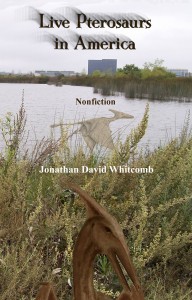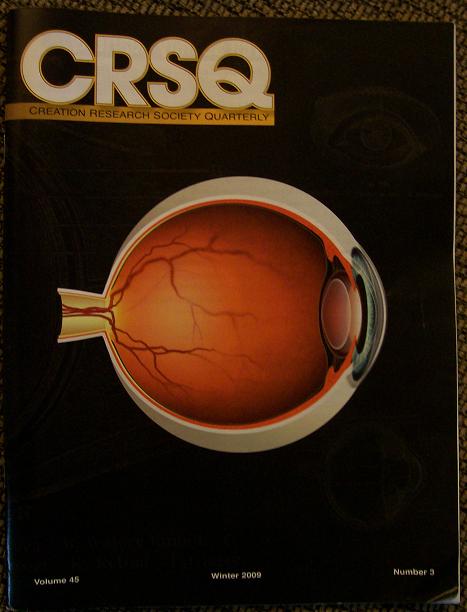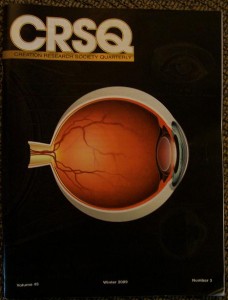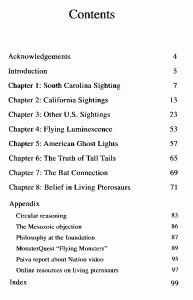To begin, I have never declared that, of all the reported sightings of apparent living pterosaurs, not one was a hoax. The following question is much better: “Did hoaxes play any significant role in these many reports?” That question can be answered decisively: “No.” It comes from careful analysis of the data of ninety-eight sighting reports, compiled in late-2011, and it confirms an earlier analysis.
Setting aside the wingspan-estimate statistics for the moment (perhaps a stronger disproof of the conjecture of a significant number of hoaxes), let’s consider the featherlessness concept, for we now have more sightings and more data to analyze. Why consider how sure eyewitnesses have been about the lack of feathers in the flying creatures? A hoaxer would have no reason to show doubt about the lack of feathers, for that would be essential to convince somebody that a pterosaur had been observed, therefore, if there were many hoaxers, we would expect a great majority of reports to include a sure conviction of featherlessness. Actual sightings, however, would be expected to have been in various visual conditions making it likely that a significant percentage of reports would indicate uncertainty about featherlessness. (Reports in which feathers were more likely than no-feathers were not considered possible pterosaurs sightings and were not included in this study of ninety-eight eyewitness sightings.)
Of those eyewitnesses giving some indication of the probability of the lack of feathers, 43.5% reported definitely-no-feathers and 56.5% reported only-probably-no-feathers. (Thirty-six of the overall ninety-eight reports gave no indication one way or the other.) This in itself is solid evidence that no significant number of hoaxes were involved in these ninety-eight reports.
Pterosaur Wingspan Estimates and no Hoax
If a significant number of hoaxers made some of these fifty-seven estimates, and a significant number of those hoaxers were trying to portray Rhamphorhynchoids, there would have been a steeper decline above seven feet. But in fact, 26% of reports involved wingspans estimated at 9-13 feet, completely out of line for this particular hoax conjecture.
With many eyewitnesses, with sightings in many American states, I have found something interesting about reports of featherless appearances. A hoax would be expected to include certainty of no-feathers, for why would a hoaxer want to leave any room for doubt? But the overall descriptions in the many sighting reports I have examined show something different: The definitely-no-feathers are out-numbered by the probably-no-feathers.






